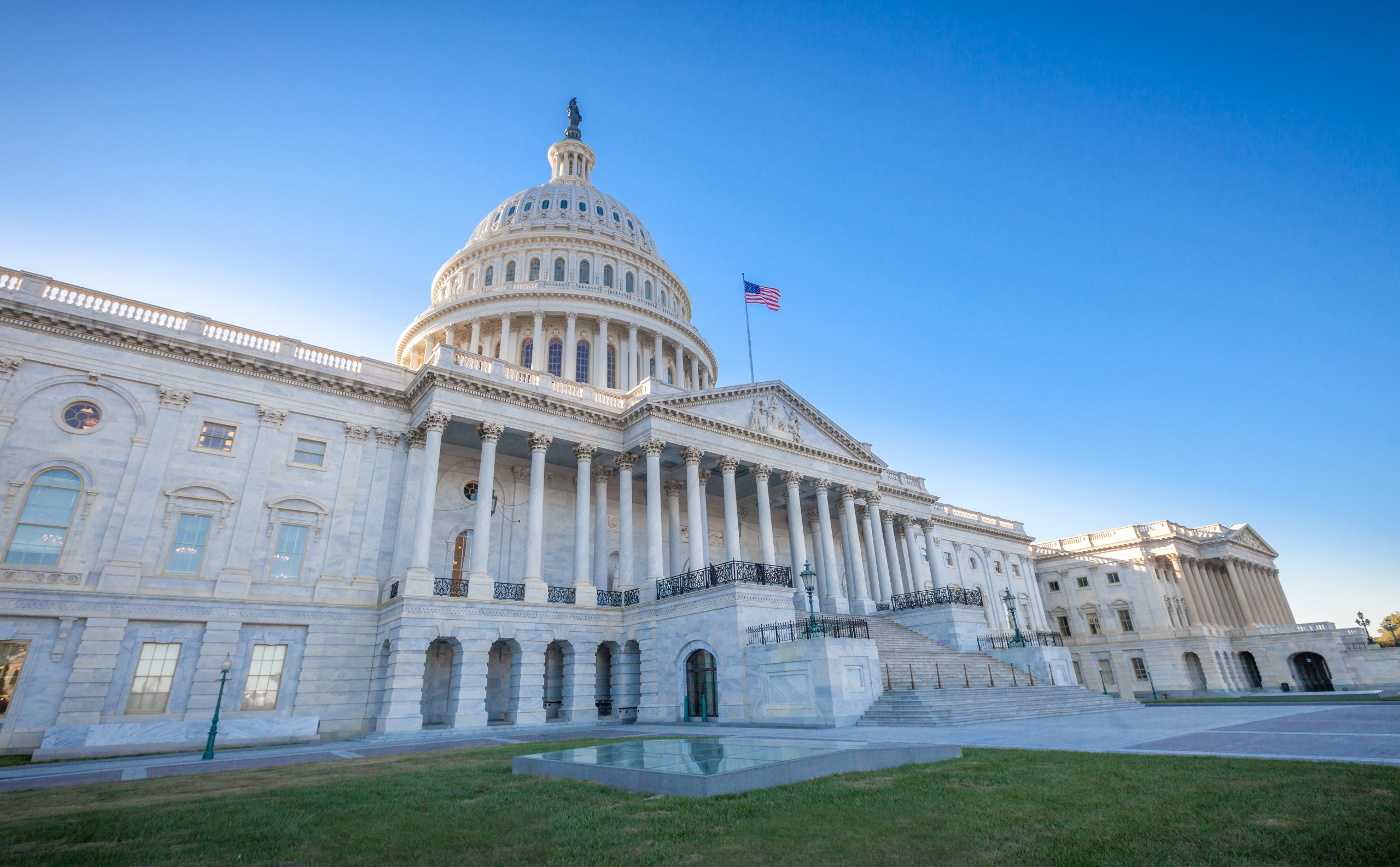Government Affairs and Advocacy
Sept. 6 Federal Update: Preview of the SPARK 2022 Policy and Advocacy Pre-Conference Session
The public policy team is pleased to host the session, Social Current’s Federal Policy Agenda: Advocacy Workshop and Opportunities for Impact, Sept. 12 in Baltimore, leading up to SPARK 2022, Sept. 13-14. Blair Kiser, senior director of government affairs, and Derry Kiernan, field mobilization and policy manager, will highlight the critical role of the social sector in federal policy development and engage participants with advocacy skills workshops. The session will feature background on the mechanics of the federal government, in-depth exploration of critical issues, and training on messaging and advocacy strategy.
This interactive pre-conference session will include an overview of Social Current’s first-ever federal public policy agenda, a crash course in U.S. public policy, and a sneak peek at the 2022 midterm election and 2024 general election. The session will conclude with a policy briefing covering the recent opioid settlement funds, what programs and services they can support, and how to advocate for them. This briefing will be followed by a congressional meeting simulation, where participants will prepare for a meeting with members of their congressional delegation to advocate on issues vital to the continued health and growth of the social sector.
We are excited to host this session and hope to see you there! There is still time to register for SPARK 2022 and this free pre-conference session.
Administration Releases Student Loan Forgiveness Plan
On Aug. 24, President Joe Biden announced his student loan forgiveness plan, eliminating up to $20,000 in debt for borrowers who earned less than $125,000 in 2020 or 2021 ($250,000 for married couples). Individuals who received Pell Grants, which help low-income students afford college, will have $20,000 forgiven, while people with standard federal loans will have $10,000. All “Direct Loans,” the most common type of federal loan, issued before June 30, 2022, are eligible, including those taken out by parents and graduate students. It is estimated that this plan will eliminate student debt for 20 million people out of 43 million with student loans. The Department of Education says that monthly payments will decrease by $250 for borrowers with a remaining balance on a 10-year payment plan. The administration’s plan also included a proposal to reduce the cap on monthly payments for undergraduate loans from 5% to 10% and to eliminate balances after 10 years of payments, rather than 20. The administration also announced that loan payments paused during the pandemic will resume in January 2023. A study by the Committee for a Responsible Federal Budget, which did not include the additional forgiveness for Pell Grant recipients, projects that the plan will cost $230 billion.
Senate Committee on Aging Holds Hearing on ABLE Act
On Aug. 17, Bob Casey (D-Penn.), chairman of the Senate Committee on Aging hosted a hearing called “Saving with ABLE: Financial Security for Pennsylvanians with Disabilities.” The Stephen Beck Jr., Achieving a Better Life Experience (ABLE) Act of 2014 created so-called ABLE accounts, through which people with disabilities can save money without losing access to benefits, including Supplemental Security Income and Medicaid. Before the passage of the ABLE Act, individuals with more than $2,000 in assets in savings or retirement funds risked losing these benefits. With an ABLE account, individuals can save up to $15,000 per year with a total cap of $100,000 and still retain access to these programs.
During the hearing, Sen. Casey promoted the ABLE Age Adjustment Act, raising the age diagnosis limit from 26 to 46 and giving 6.2 million additional individuals with disabilities access to ABLE accounts. Currently, only individuals who are diagnosed with a disability before the age of 26 are eligible. One witness said that the ABLE Act had allowed her to save up to buy a new house and stop fearing acquiring wealth. Another witness, a former professional dancer, offered her story as a victim of a spinal cord injury at 41 to demonstrate that people who develop disabilities at all ages need access to ABLE accounts. The ABLE Age Adjustment Act has earned bipartisan support from 12 members of the Senate.

